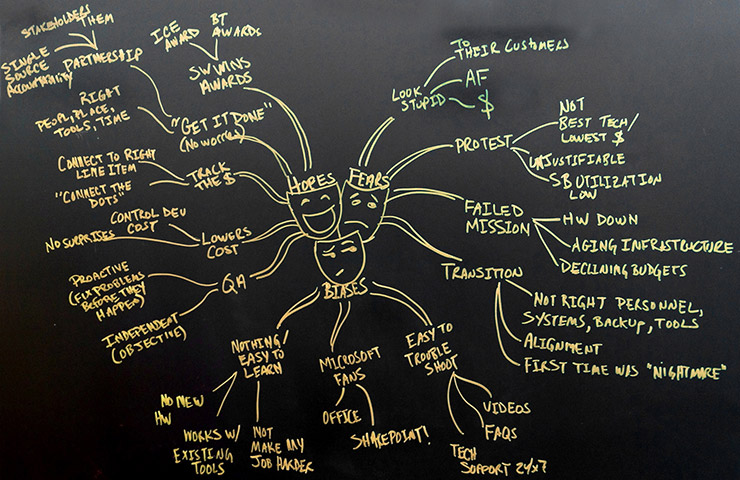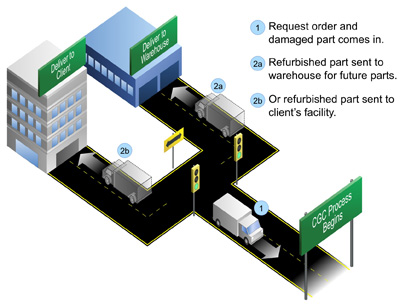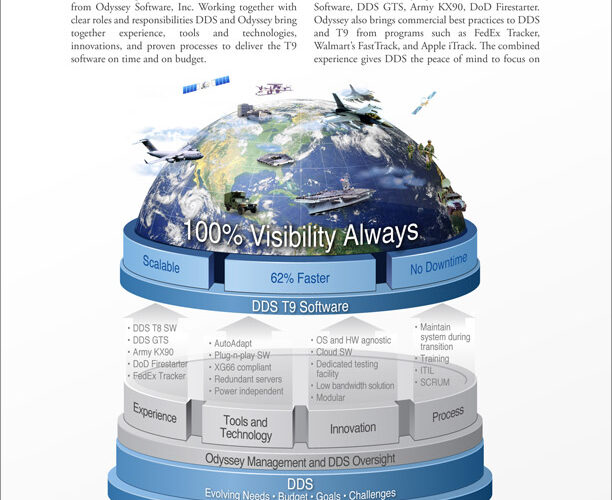The Problem First, I want to define ConOps for those readers unfamiliar with the term:…
The solutioning process I teach is called U.S.E. The first step in this process is to Understand (U). Three core elements ensure understanding: customer, need, and requirements.
Our proposed solution must resonate with the customer. To do so, we want to empathize with them. If the customer were to wave a magic wand, what would be the perfect solution (for them)? The solution provider that understands the customer best has the advantage. The more we know about the customer, the better the solution and the better the solution details we provide and tailor to the customer.
Customer understanding and insight is usually shared in an ad hoc manner. Each teammate has their experiences with and opinion of the customer. Early in the process, the secret is to agree on what matters most. If there isn’t a consensus—or there is no clear understanding—I use a special mind map exercise, the HFB Mind Map. This mind map helps the team to recognize the customer’s
- Hopes: What is their dream state? What is the best-case outcome?
- Fears: What keeps them up at night? What will make them worry?
- Biases: What types of solutions do they prefer? What do they dislike?
Use the following steps to create an HFP Mind Map, if your team is stuck when developing a customer’s solution:
- Step one: In the center of a large white board or chalkboard, write Hopes, Fears, and Biases at the center.
- Step two: Ask the team (or yourself, if you are flying solo) to name specific hopes, fears, and biases. Connect each of those hopes, fears, and biases via branches to their respective sources.
- Step three: Dissect each of those hopes, fears, and biases. Continue to do so until you can no longer break down the elements into their key contributors. The intent is to uncover, agree to, and define how the customer describes their hopes, fears, and desires. These three elements are key motivators to customer change and choice.
The following is a simplified HFB Mind Map:

In my experience, you will jump around when making the mind map. It is unlikely you will complete one of the three elements (hopes, fears, biases) without populating another.
In addition, the HFB Mind Map exercise can uncover “win themes.” For example, if we see a reoccurrence of a specific hope (e.g., lowers cost), it is likely to be a dominant motivator for the customer and should be woven into our solution story.
Using my HFB Mind Map approach speeds solutioning and helps eliminate rewrites because all contributors share a common understanding of the customer’s hopes, fears, and biases. After I create the mind map, I move on to my ATB Matrix to understand the need(s) and that is another step for a different article.


